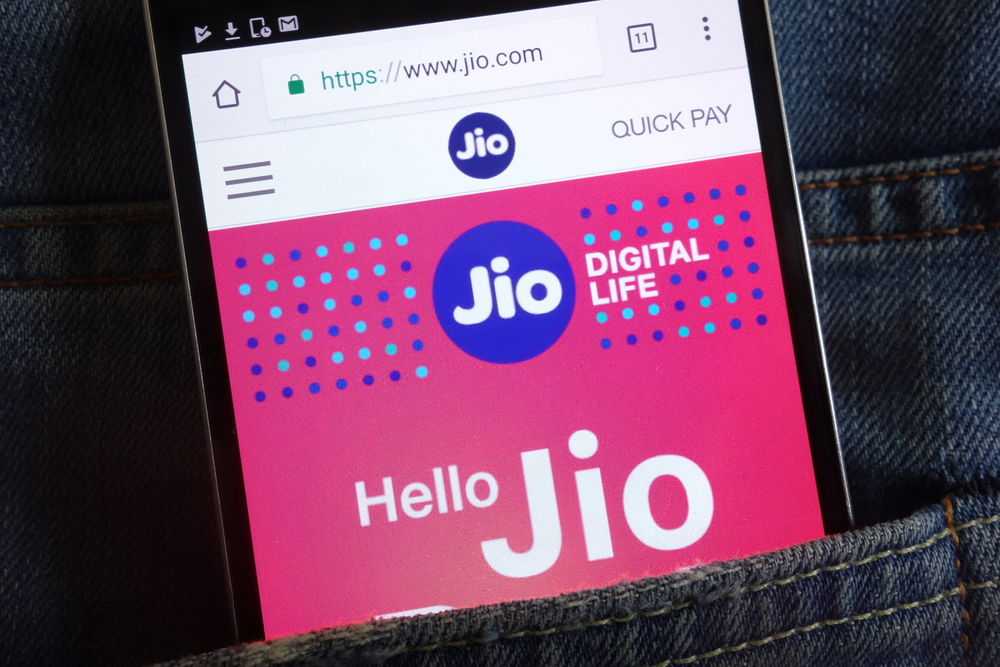Bata Pricing still works
‘When we read a number, we are influenced by the leftmost digit than we are by the rightmost’- Alex Bellos
The festive season sale is on— online and offline—as is evident with the number of advertisements in newspapers and on e-commerce websites’ dashboards. But, common to both versions is what the markets call ‘Bata Pricing’. Introduced over three decades ago when Bata priced its shelf-star Hawai chappals at Rs.39.99, this marketing mantra is still going strong.
There are several arguments to justify the use of Bata Pricing. One theory is that customers believe that an odd price is indicative of a low or fair price. Another popular theory is that a price of Rs.99.99 is viewed as less than Rs.100 and is, therefore, more attractive. While these theories may have worked in the real world, I am not too sure how the same can work in the virtual world of e-commerce, where it does not matter if a product is priced at Rs.199 or Rs.201.
One reason that comes close to acknowledging the power of such pricing is mentioned in a book by Alex Bellos. In Alex Through the Looking- Glass: How Life Reflects Numbers and Numbers Reflect Life, Bellos writes, “When we read a number, we are influenced by the leftmost digit than we are by the rightmost since that is the order we read, and process, them. The number 799 feels significantly less than 800 because we see the former as 7-something and the latter as 8-something.” While this is a plausible explanation, it can be debated.
This pricing method has been followed by low-cost airlines, quick- service restaurants, and even when it comes to the pricing of books. But, the same is not the case when I trawled through insurance premiums, stock prices, mutual fund NAVs and loan rates. While one can argue that such pricing cannot work when it comes to marketlinked products, the reality is that one could smartly tailor it to cash in on buyer psychology. For instance, instead of stating the NAV of a fund scheme to be Rs.297, they could price it as three mini units of Rs.99 each.
A cue for financial services regulators towards spreading the uptake of financial products is to use conventional pricing. A few weeks ago, SEBI Chairman U.K. Sinha announced the constitution of a committee to suggest measures to reduce the cost structure in mutual funds, which will be headed by Nandan Nilekani, former chairman of the Unique Identification Authority of India (UIDAI) and co-founder of Infosys. Instead of working on reducing the cost structures, which are pretty tight as it is, perhaps one should look at what works and explore that as an option.
In line with what sells, my suggestion of offering three mini units at NAV of Rs.99 each may be construed as misselling. But going by the pricing theories, this is more likely to work. Perhaps Mr Nilekani should explore product pricing than focus only on product costing.









